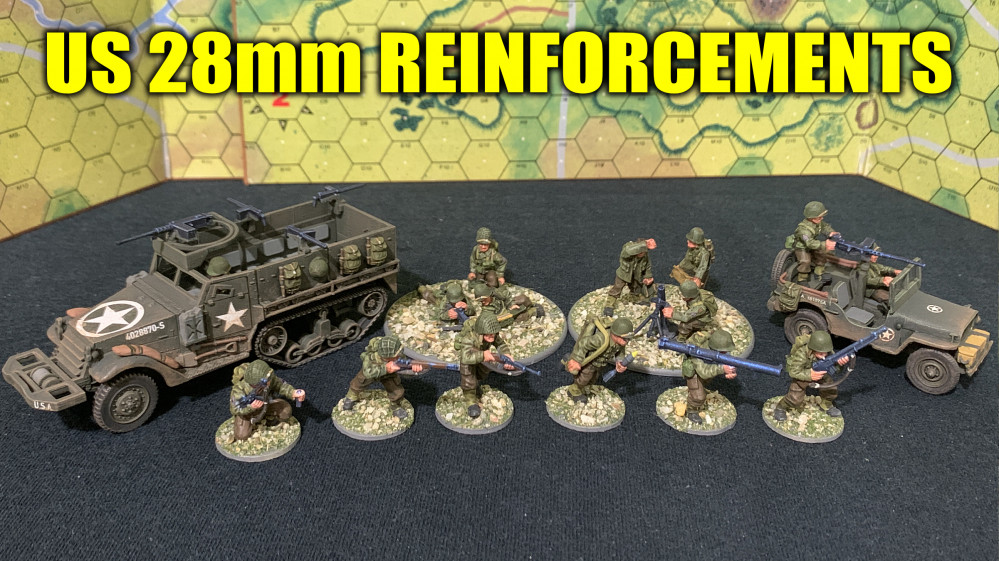
Oriskany's US 28mm Reinforcements
First Games Run!
So here is a wide-angle screen shot of the first game.
System: Panzer Leader (with Arab-Israeli Wars imports to rules engine)
German player: Oriskany
British player: Brucelea
Setting: Theoretical Engagement – Southern Tunisia – early March 1943
As Axis positions in the Mareth Line are finally outflanked and dislodged, German and Italian remnants of Panzerarmee Afrika fall back before a renewed advance of the British Eighth Army, pushing up out of Libya. The overall objective is a link-up with American, British, and French forces pushing in Algeria, currently engaged in the mountains of Tunisia’s “Eastern Dorsal.” Once established, this combined front can then turn north toward Bizerte, Tunis, and the final eradication of the Axis in North Africa.
Here we see where a British infantry battalion has reached a key crossing over a Tunisian wadi, flooded with spring water melting off nearby mountains. They have taken the crossing, and a company of bridging engineers has erected a temporary bridge over the wadi. This bridge is critical, as it is the only place any vehicle can cross the wadi so long as it is flooded.
Aerial reconnaissance, however, has spotted an approaching German counterattack. Clearly the Germans have recognized the importance of this crossing, as they have scraped together a small but powerfully-equipped kampfgruppe to eliminate the threat.
Having called for help, the British infantry and engineers now grimly brace to meet the onslaught. They are hopelessly outgunned, but take solace in the knowledge that a full battalion of friendly armor is en route from the east. This mixed force of Shermans and Crusader IIIs also includes a section of Valentine III bridgelayer tanks. No matter what, a bridge must remain standing over this wadi to facilitate larger bridge, division, or even corps operations deeper into western Tunisia.
The Germans, for their part, are equally determined to ensure that bridge is knocked down, as well as any new bridges the British might erect. A British bridgehead here not only threatens the flank of what remains of the Deutsche Afrika Korps, but might also open a road toward Patton’s II Corps pushing east near El Guettar.
Victory Conditions:
• Germans get 2 point for each British unit destroyed.
• British get 3 points for each German unit destroyed.
(Trucks never count as victory points)
• British get 20 points for each bridge standing at the end.
• Germans get 20 points for each bridge they destroy.
Game lasts 10 Turns.
Set Up:
Bridge counter is placed at Hex 2413. British Force A (infantry battalion + bridging engineers) can set up anywhere east of the wadi, or west of the wadi within two hexes. British force B (tanks + Valentine armored engineers) enters from the east end of the board on Turn 3.
Germans enter along the western end of the board on Turn 1.
For best results, click on the image below, then open image in a new tab and zoom in.
The British have deployed their initial force – their infantry battalion and understrength company of bridging engineers. Brucelea has opted to stage reinforced infantry companies on the high ground bracing both shoulders of the road leading to the objective bridge. Counters indicate infantry platoons, MG sections, and engineer platoons. In all there is about 400 British troops shown on this shot (each hex is 150 meters across – about one FoW table or 2-3 Bolt Action tables).
The Germans, for their part, wasting no time. Leading with a platoon of five Tigers, then two platoons of PzKpfw IV F/2s, then three platoons of PzKpfw IIIJs, they are rushing straight up the road. My objective is to cross the bridge in force as fast as I can, use tanks and support artillery to establish a perimeter around the bridge, lay smoke to block Bruce’s LOS on the bridge (delivered by my 8.0 cm mortars), and then deploy my panzer pionier engineers in halftracks to get on the bridge and start setting explosive charges.
Meanwhile, the Panzers will be able to meet the Shermans and Crusaders when they arrive on the board on Turn 3, probably reaching this immediate battle zone on Turn 4. If I get lucky I’ll also put some holes in those Valentine bridgelayers, thus winning in a clean sweep.
By the way – I have resisted the urge to call this “The Battle of Biffin’s Bridge.” 😀 😀 😀
They’re not on the map yet, but here is the column of 45 tanks (30 M4 Shermans and 15 Crusader IIIs with the new 6-lb guns), plus a section of Valentine bridge layers, and the armored engineers in halftracks. In all, 50 tanks here, five halftracks, 240 men. The column is 750 meters long
First fire! The British infantry open up with long-range rifle fire, Bren guns from their MG sections, and 76mm mortar fire on the Germans, pinning down several platoons and even killing one platoon while they are still vulnerable in their trucks. But my tanks are across the bridge, only for my PzKpfw IV/F2s to take fire from the batter of 6-pounder antitank guns that Bruce has hull down behind that ridge to the southeast.
A lot more on this to come.
Not to be outdone, we also has @damon engaging in another wargame on Sunday, playing a modified variant of Arab-Israeli Wars scenario B-1, Bir Gifgafa (November 2, 1956).
System: Arab-Israeli Wars
Egyptian player: Oriskany
Israeli player: Damon
Setting: Historical Engagement – Sinai Desert – November 2, 1956
This is the very first scenario in the Arab-Israeli Wars book, to which I’ve made a series of changes in the interest of play balance, especially when using intermediate and advanced rules like Israeli split-move-and-fire.
To make a long story short, this is a historical scenario (i.e., this battle actually happened) during the closing days of the 1956 Sinai War. Egyptian President Nasser had been turning a blind eye to PLA rocket and terror attacks against Israeli settlements along the Negev Desert and up toward the Gaza Strip. Israel had been keen to invade and clear out these nests, but to invade Egypt might bring down the weight of international opinion, which Israel desperately needed to survive these early years.
Nasser finally went too far and nationalized the Suez Canal, royally pissing off the British and frightening the French (still with strong interests in Syria, Lebanon, Algeria). So Operation Musketeer was envisioned, with British Royal Marines and French paratroopers dropping into the Suez Canal zone to take it back from the Egyptians.
The problem was the sheer size of the Egyptian Army. To tie down the bulk of the Egyptian Army in the Sinai Desert, the British and French reached out to the Israelis, and offered them assistance and “international support” in the UN to condone an invasion (Israeli Operation Kadesh).
That’s the very simplified version. Long story short, Israel invaded Egypt in the Sinai, while British and French forces eventually arrived at the Suez Canal behind most of these Egyptian forces.
The Sinai Desert is very rocky in places, traversible only through certain passes. The Israelis have already won most of the border battles and are now pushing in a 100-hour blitzkrieg through the passes in the inner Sinai. Bir Gifgafa is actually a road center that sits at the mouth of one of these passes, through which Ben Uri’s 7th Armored Brigade is emerging on their way to the Suez Canal. The Egyptians have 1st Armored Brigade, or at least its rear guard, ready trying to delay the Israelis and facilitate a cohesive Egyptian withdrawal to the canal.
This is a very flat table, truly “open desert” with only very short sand dunes, a scattering of vegetation, and a tiny roadside town. Hexes are 250 meters. Israeli forces include “M1” Shermans, upgraded M50 Shermans, and French AMX-13s. Egyptian forces are mostly T-34/85 hand-me-downs and SU-100 assault guns.
Israelis get points for Egyptian units destroyed and for getting their own units off the west end of the map.
Egyptians get points for Israeli units destroyed and for any Israeli unit stranded on the map, even if they are not knocked out.
The game lasts eight turns – the Israelis are really under a time pressure here. Orders have come down from division … GET TO THE CANAL!
A zoom in of one of the later turns, where the Egyptians have run out of space, and the Israelis have run out of time.
One thing @damon and I added to this game was some quick rules on platoon facing, so we can get flank shots, etc. Combat formation and road / march / column formation are how incorporated, indicated by how the counter is placed on the map within the hex.
Using reverse slope tactics, I was able to force @damon into actually trying an overrun against my SU-100s and T-34s in hull-down positions, but even as t hose AMX-13s take grievous losses, those Shermans and M50s are ready to counter-overrun and really do some damage, or escape off the west end of the map per their scenario objectives (or both).
I’ll say this much, for being pretty much the first time playing these games, both Brucelea and Damon did great, considering I’ve been playing these games for going on 25 years.
Best of all, the new web conference engine worked damned near flawlessly. In all, this weekend we hand a three-man, 10 hour mini virtual boot camp.
I’ll be adding more pics and battle report details in the coming days, but for now suffice it to say we have opened a gigantic new potential for wargaming in the BoW/OTT community, especially for crunchy, heavy tactical wargames like this.
We’ll definitely be running some more in the not-too-distant future! 😀
































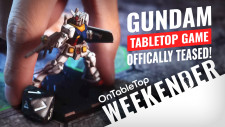

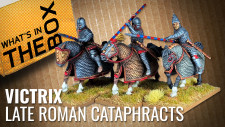

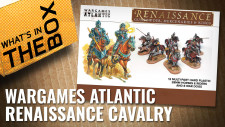




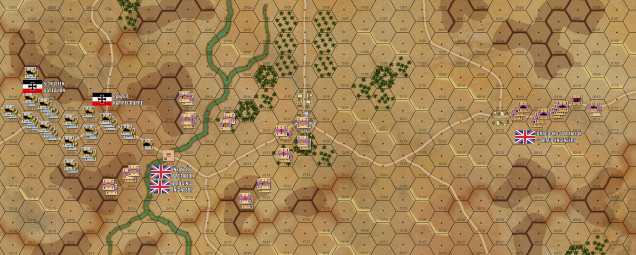
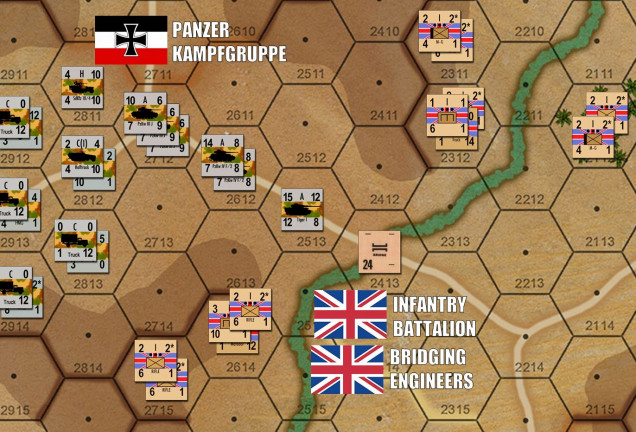
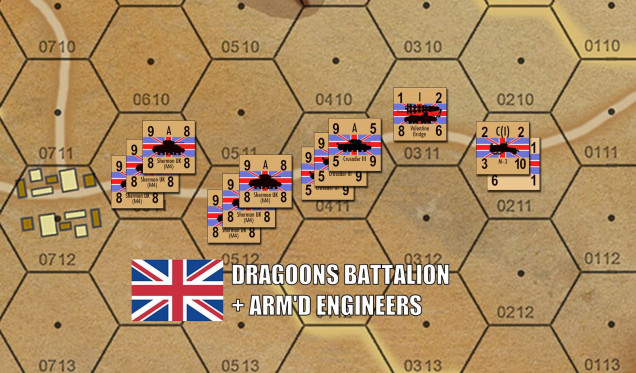
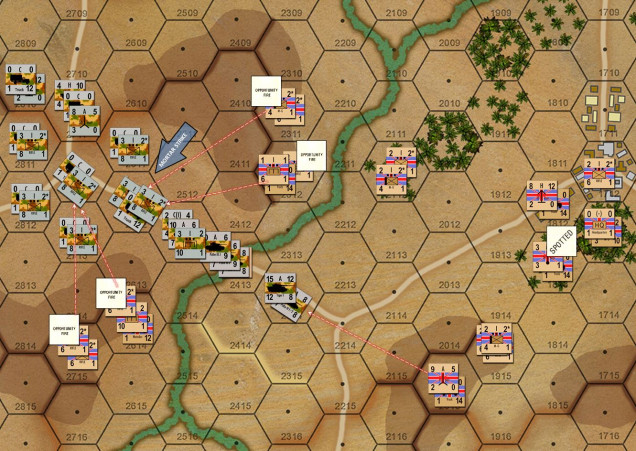
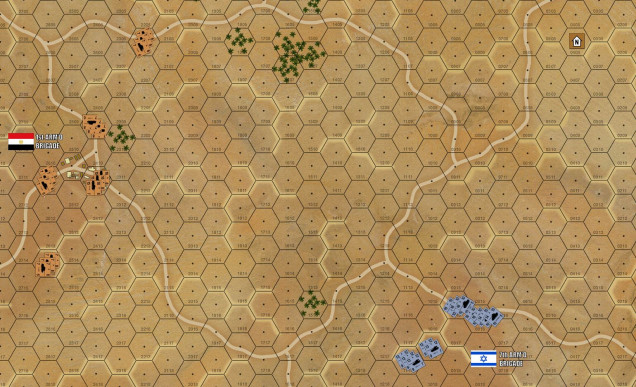
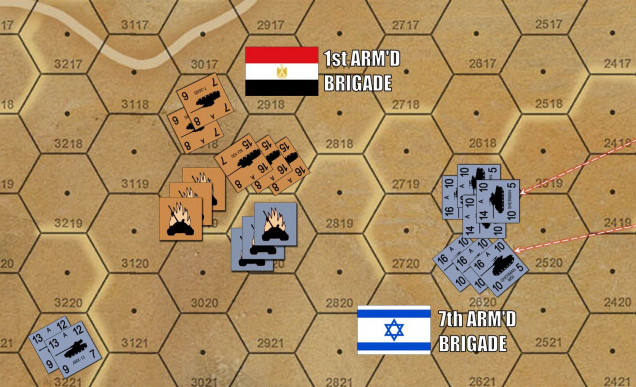

































What an awesome idea.
Do you think this sort of thing is viable for the average person to set up or does it take some specialised skills? Could this be the new default way to play these types of games in the future?
It’s nice to see the Arab-Israeli stuff as well.
Thanks very much @elessar2590– So to answer your question – does a person need specialized skills to set up this kind of thing? I’m honestly not sure. I keep finding myself surprised by how much other people know and where they are skilled. Especially in the field of computers. So things you need to do: Have some good enterprise-grade or at least nice consumer-grade graphics software (I use Adobe Creative Suites 5.5, including Photoshop 14 / Illustrator / Adobe Creator). This is to build the maps and the counters. After that all you really need is some kind of web… Read more »
I think I would probably leave the software creation to someone else I can’t even use MS paint. Sounds like it would be expensive buying the software you mention
My computer doesn’t have sound anymore either so that might be a bit of a problem ?
@torros, There is a text chat option within the conference interface so you could still participate and there’s no software requirements for spectators or anyone who isn’t hosting the game apart from down loading an app to access the host’s keyboard and mouse to move the counters on screen if you are playing. It really is an experience to play a Transatlantic game in real time.
Pretty sure @elessar2590 ‘s question was in relation to the “skills” needed from a wargaming, graphics, or computer operations perspective … I certainly have no programming or coding background. I sure as hell didn’t write or create the software.
*MS Excel
*LogMeIn/GoToMeeting
*Adobe Creative Studio Suite 5.5 / Photoshop 14
I just created the files, and of course ran the game system and historical research (where applicable).
But I handle all that.
Specialized skills needed to try out one of these games?
Very complex.
E-mail me. Ask for a time. Get some dice. Summon your courage.
Yeah essentially my question was along the lines of how easy this would be for the average wargamer to set up and run in the context of this becoming the new default way to play hex and counter games. Things like creating the counters/boards.
Just me speculating about the future that’s all.
To set up? Yeah, @elessar2590 I won’t lie. There IS a little bit of “up front” work to invest. Basically every type of unit is an individual .png graphics file in a big folder directory somewhere. But if you need 100 of them on a game board, just copy / paste away! Then of course, there is the map itself. If you have access to pictures on line or electronic versions of the mapboard from BGG or some such, though, you could use those as well. They wouldn’t look as nice, but they would be perfectly functional.
As a player, this is a game changer, it gives GLOBAL gaming opportunities. 10 hours of Transatlantic gaming over two evenings/afternoons (time zone depending). With option for spectators for a live ‘lets play’ or fully interactive tutorial sessions.
Game on!!
Indeed, @damon – it definitely worked great!
I’ll be posting more material from these these battle reports in future posts.
We’ve definitely found something here! 😀
To everyone reading this, you HAVE to try this out! I couldn’t get it in my head that I was playing a game with two different people hundreds and thousands of miles apart as if we were in the same room. All the banter, all the excitement of playing a tactical game and most of all just the enjoyment of spending time with likeminded people. I thought the internet might crash, or the pictures freeze, sound drop out etc but we were either very lucky, or this set up just works so very well. Jim set up a board and… Read more »
Certainly sounds handier than PBEM games
No worries, @brucelea – I didn’t call it “Biffin’s Bridge” until the Germans blew it up.
SPOILERS! 😮 😮 😮
More from the battle report coming soon – possibly tonight US time.